Optimal Timing for Foundation Repairs
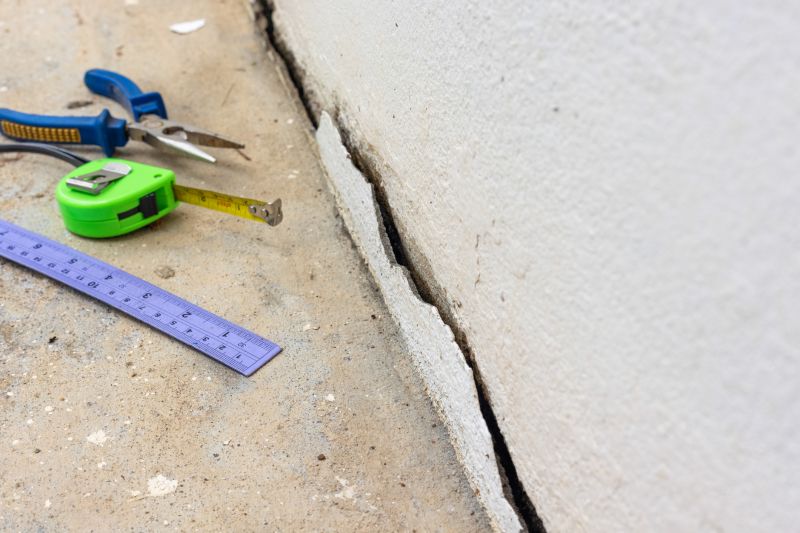
Ways to make Foundation Repairs work in tight or awkward layouts.
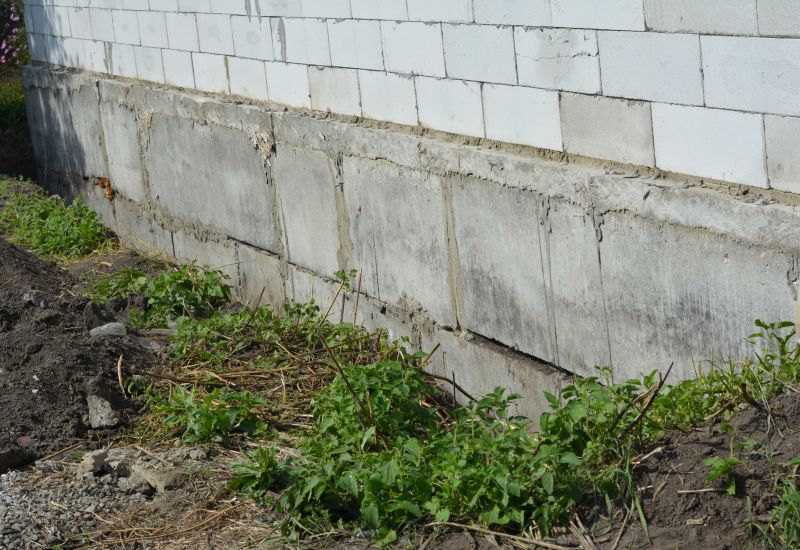
Popular materials for Foundation Repairs and why they hold up over time.
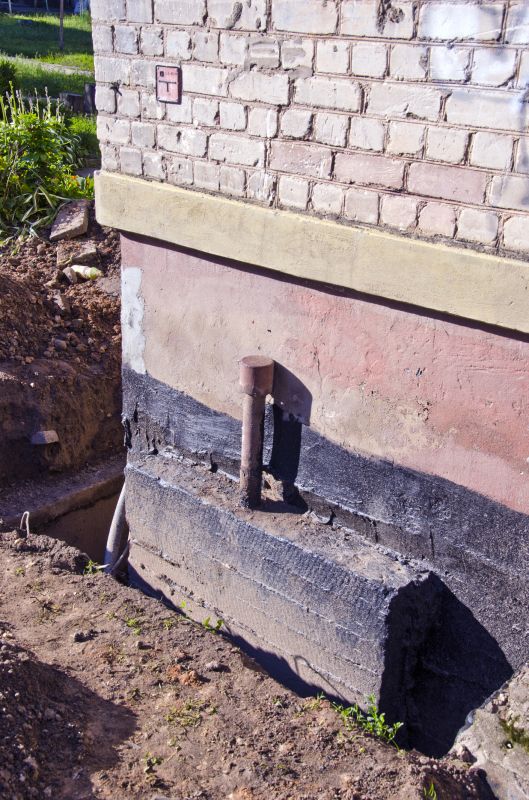
Simple add-ons that improve Foundation Repairs without blowing the budget.
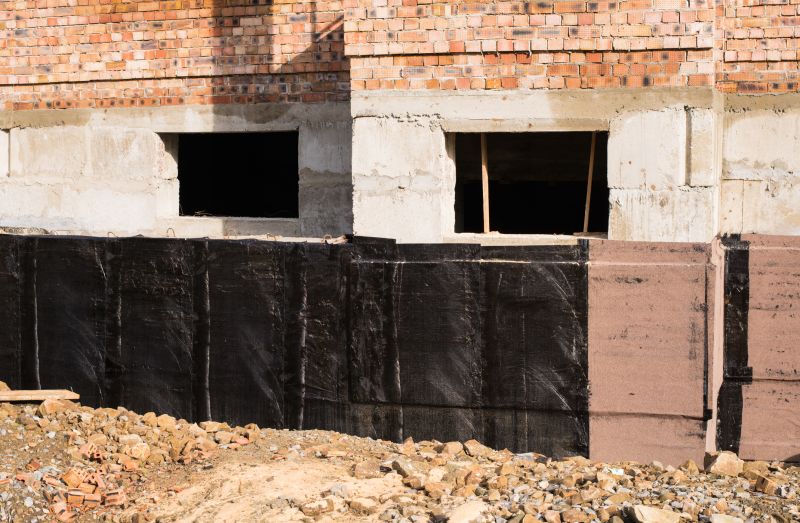
High-end options that actually feel worth it for Foundation Repairs.
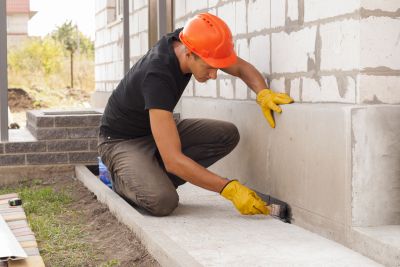
Finishes and colors that play nicely with Foundation Repairs.
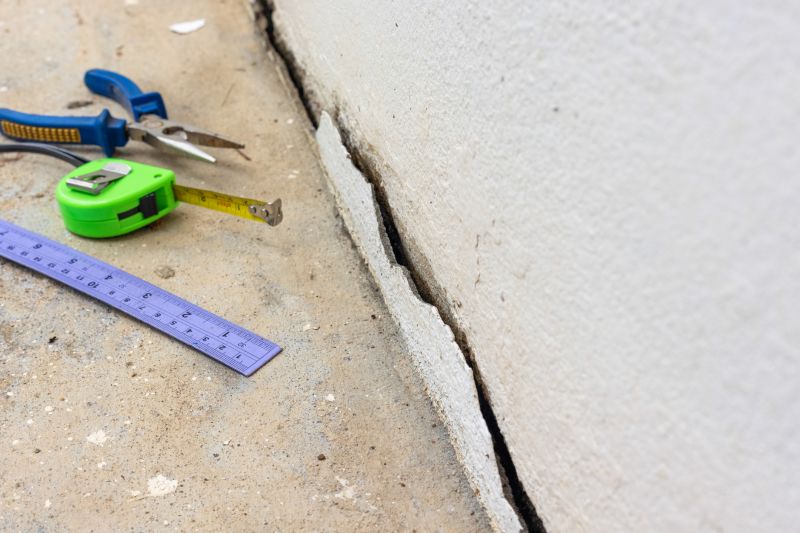
Little measurements that prevent headaches on Foundation Repairs day.
Foundation repairs are essential for maintaining the structural integrity of a building. The timing of repairs can influence the effectiveness and longevity of the solution. Typically, the best time for foundation repairs is during periods of moderate weather, when soil conditions are stable and less prone to expansion or contraction. Spring and fall often provide optimal conditions due to milder temperatures and consistent moisture levels. During extreme weather conditions, such as intense heat or heavy rain, foundation repair work can be more challenging and less effective.
Statistics indicate that approximately 15% of homes in Florida experience foundation issues caused by soil movement, which is often exacerbated by weather patterns. Repairing foundations during favorable seasons can reduce the risk of future problems and ensure that repairs last longer. It is also advisable to address foundation concerns promptly when signs appear, regardless of the season, to prevent further damage and costly repairs.
Cracks in walls or floors, uneven flooring, and sticking doors indicate potential foundation issues.
Common methods include piering, underpinning, and slabjacking, chosen based on soil and damage type.
Early intervention can prevent structural damage, improve safety, and increase property value.
Soil moisture levels significantly impact foundation stability; repairs during dry or stable periods are preferable.

A 60-second routine that keeps Foundation Repairs looking new.
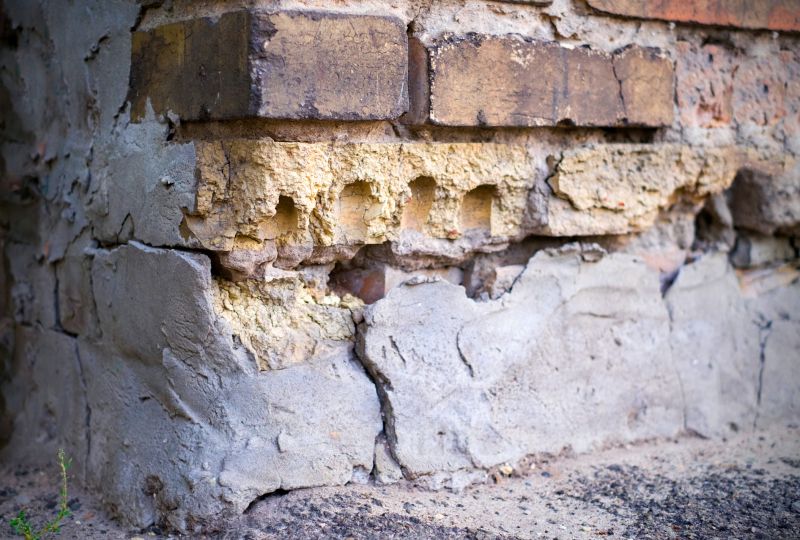
A frequent mistake in Foundation Repairs and how to dodge it.
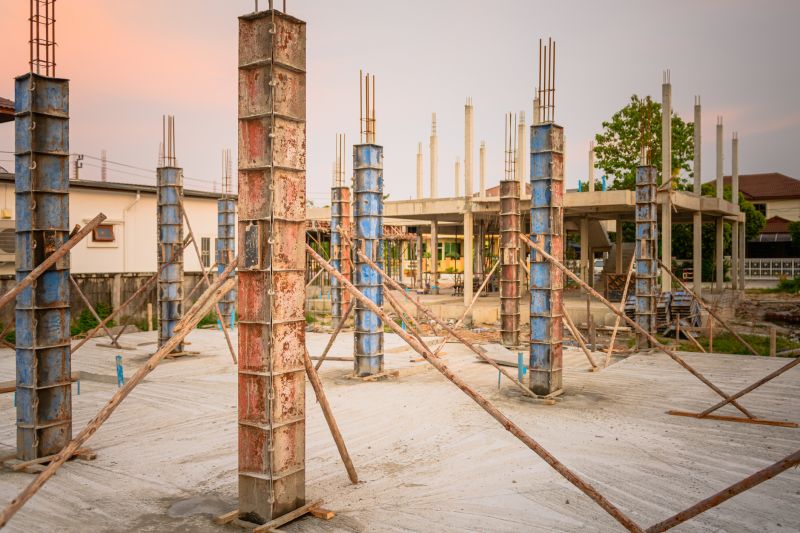
Small tweaks to make Foundation Repairs safer and easier to use.
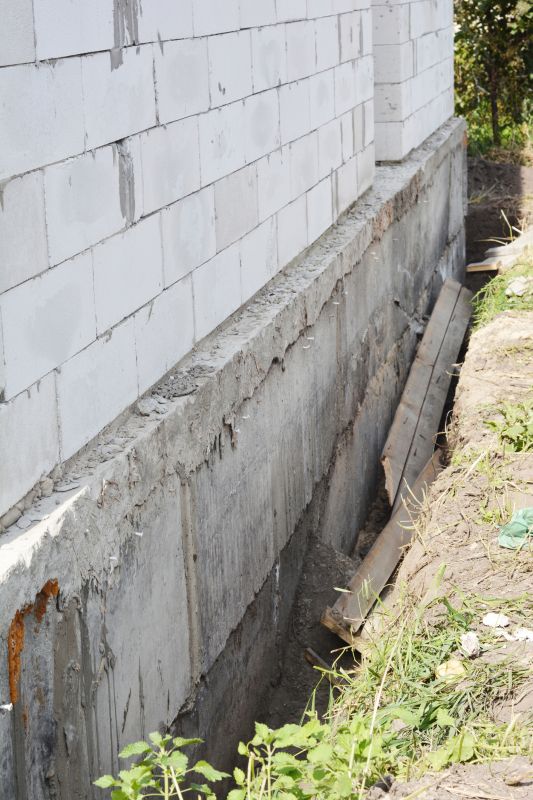
Lower-waste or water-saving choices for Foundation Repairs.
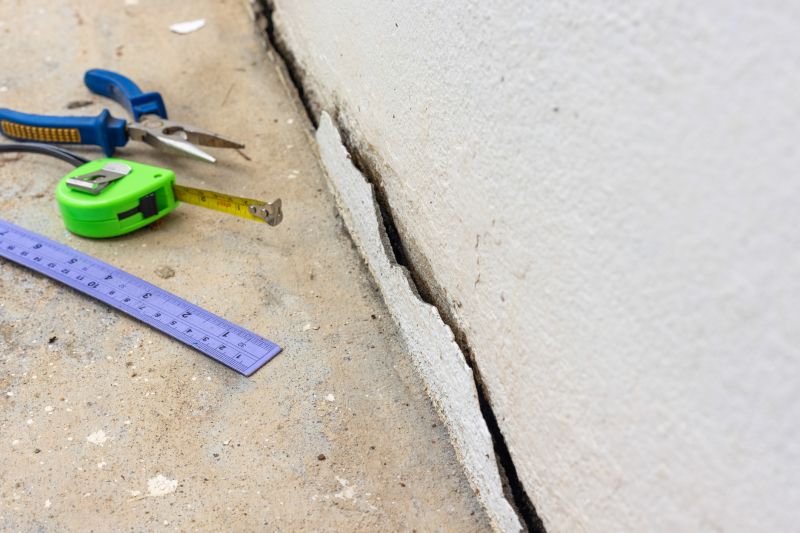
The short, realistic tool list for quality Foundation Repairs.
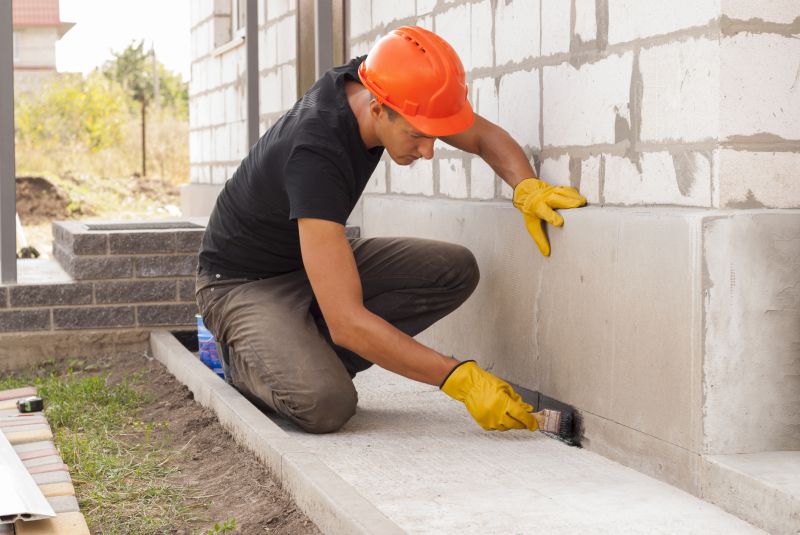
Rough timing from prep to clean-up for Foundation Repairs.
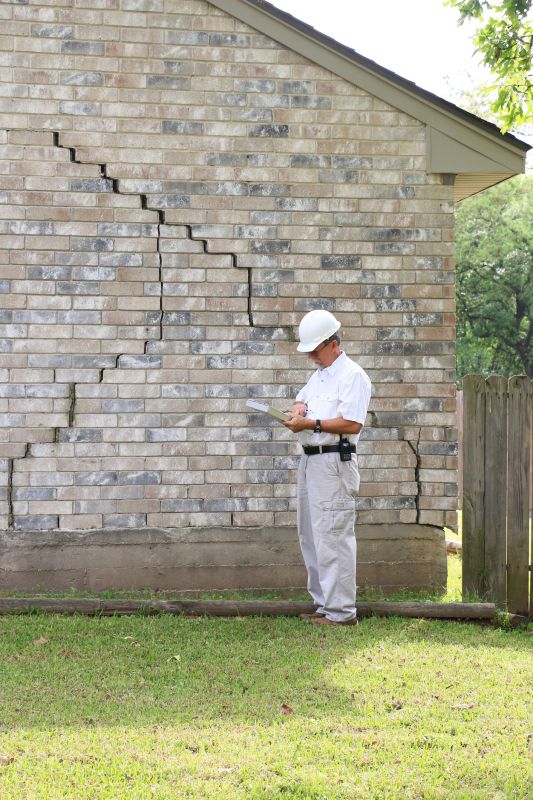
Quick checks and paperwork to keep after Foundation Repairs.

Examples that show the impact a good Foundation Repairs can make.
| Season | Best Conditions for Foundation Repairs |
|---|---|
| Spring | Moderate temperatures and consistent moisture levels |
| Summer | Can be challenging due to heat and drought conditions |
| Fall | Ideal due to cooler weather and soil stability |
| Winter | Possible with proper planning, depending on climate |
| Dry Seasons | Favorable for repair work |
| Wet Seasons | May cause delays and complications |
Understanding the seasonal factors affecting foundation repairs can help in planning effective interventions. Soil conditions, weather patterns, and moisture levels are critical considerations. Repair work during periods of soil stability reduces the risk of future settlement or shifting. Proper timing combined with thorough inspections ensures that foundation issues are addressed before they escalate, safeguarding the property's structural integrity.
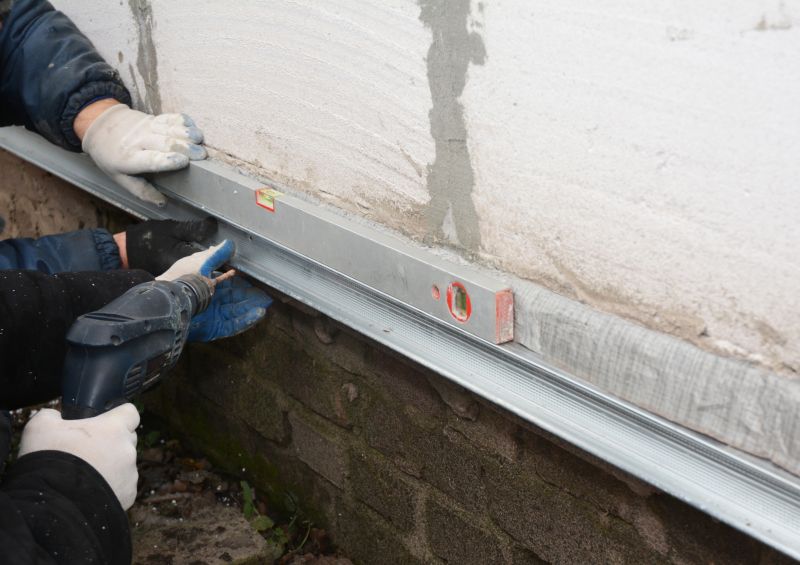
Ways to make Foundation Repairs work in tight or awkward layouts.
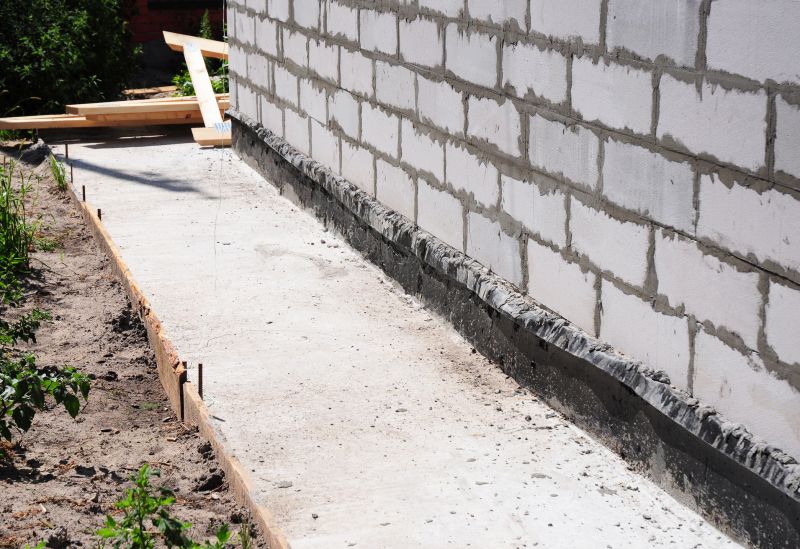
Ways to make Foundation Repairs work in tight or awkward layouts.
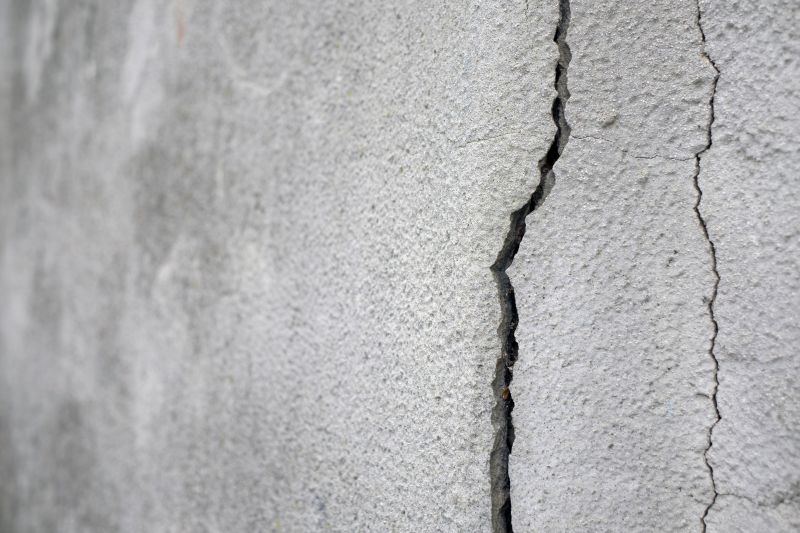
Ways to make Foundation Repairs work in tight or awkward layouts.
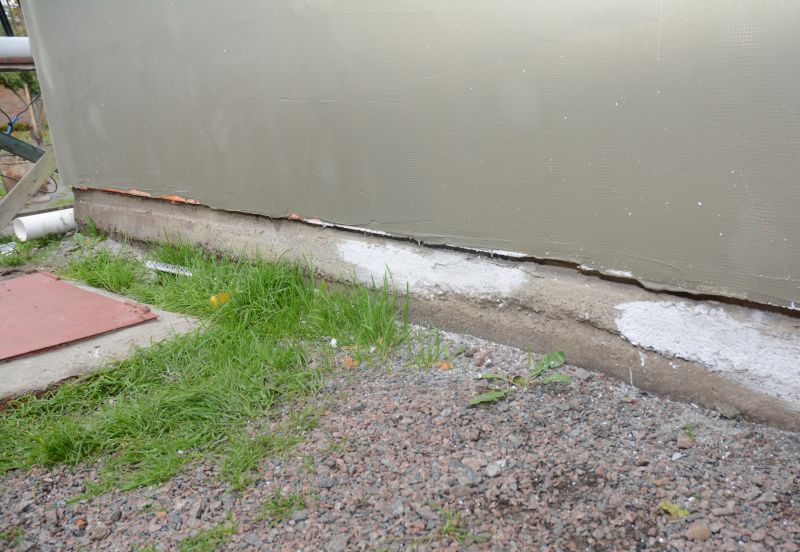
Ways to make Foundation Repairs work in tight or awkward layouts.
Interested in foundation repairs? Filling out the contact form can provide more information and help determine the optimal timing for addressing foundation concerns. Taking timely action can prevent further damage and ensure the stability of the property for years to come.

